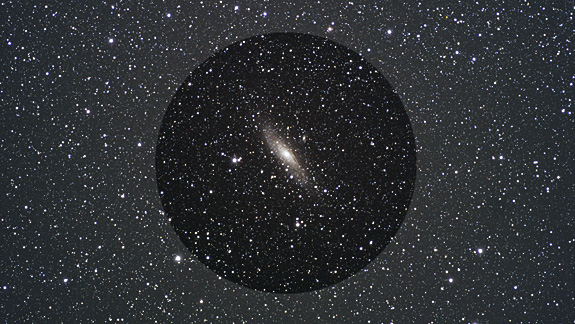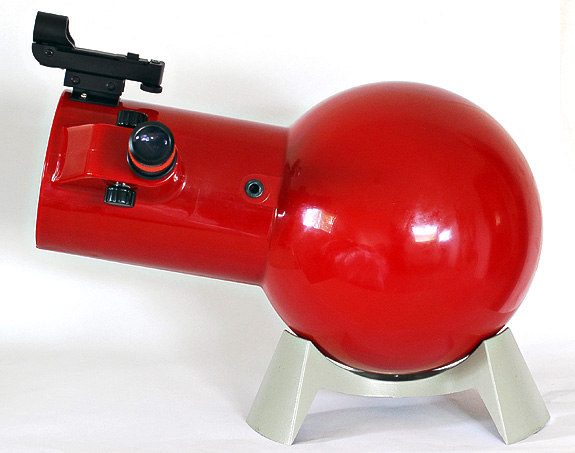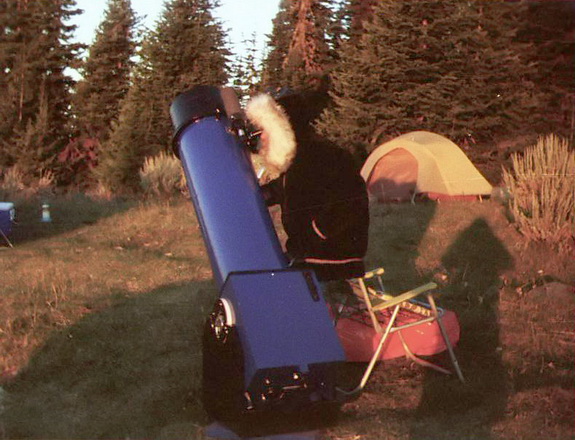
This ultraportable telescope is ideal for outings in which stargazing is a “maybe” instead of a “definitely.”
Although I have a house full of telescopes, I still find myself dreaming up new ones that would be ideal for this or that situation. But that’s one of the real joys of learning to make telescopes — you can build instruments uniquely suited to a given application, limited only by your budget, skill, and imagination.
Continue reading “A Converted-StarBlast Travelscope”









